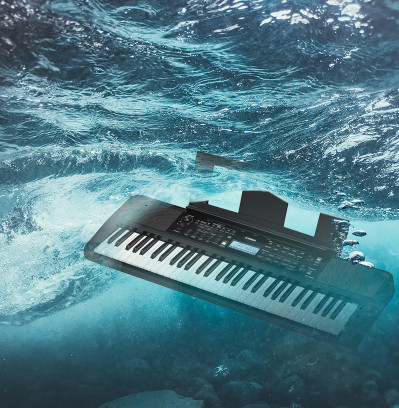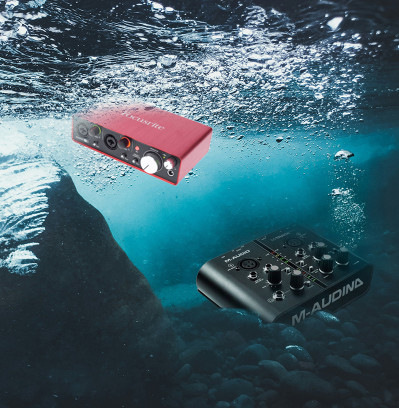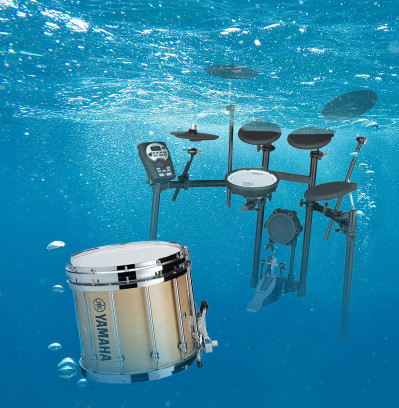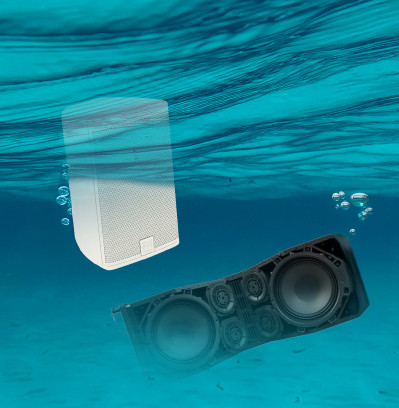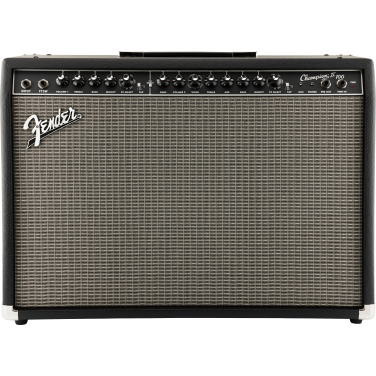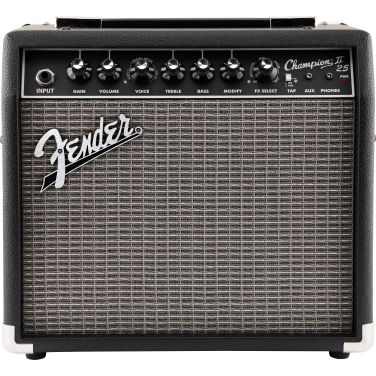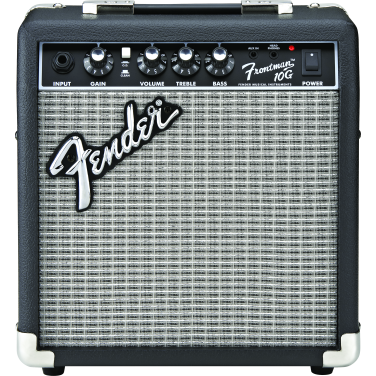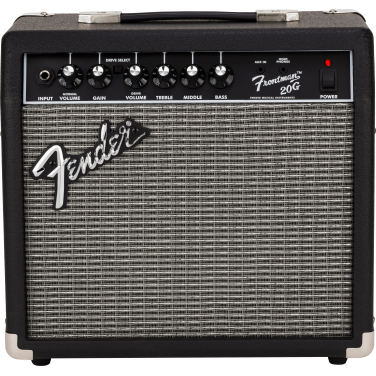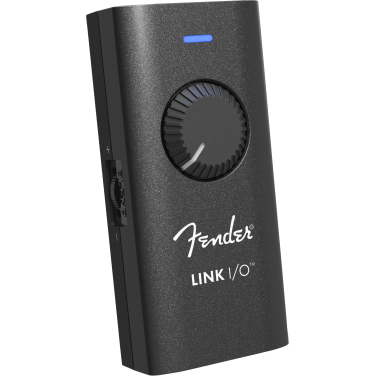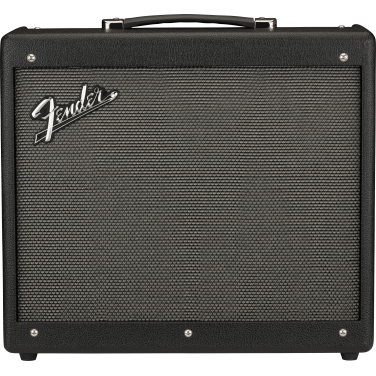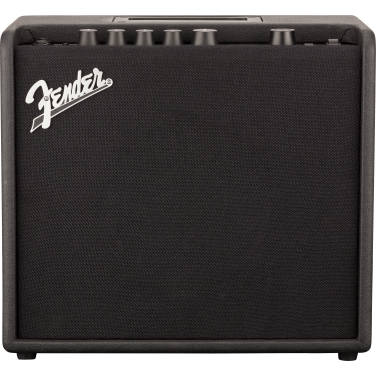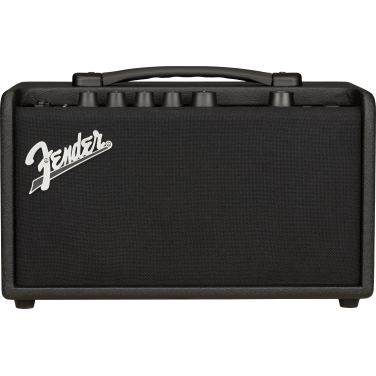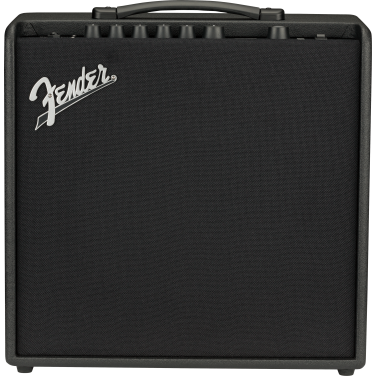55 products
Fender Champion II 100 is your perfect musical companion! This powerful 100-watt amplifier ensures crystal-clear sound even in larger spaces. Enjoy a variety of effects like reverb and chorus, and thanks to its compact design, it's easy to transport. The intuitive controls make it simple to tailor your sound to suit any playing style. Ideal for both beginners and professionals alike seeking a fresh sound. With the Fender Champion II 100, your musical ideas can truly come to life!
In Stock
362.00€
Incl. Vat
The Fender Champion II 25 is a reliable and user-friendly guitar amplifier, making it perfect for both budding musicians and seasoned pros. With its ease of use, a variety of effects, and compact design, it's ideal for home practice sessions and small performances. Boasting 25 watts of power and support for both clean and overdriven sounds, this amplifier will be a fantastic companion on your musical journey, inspiring you to explore creativity and experiment with sound.
In Stock
140.00€
Incl. Vat
The Fender Frontman 10G is the perfect amplifier for your guitar journey. Its robust 10-watt sound inspires both beginners and seasoned musicians alike. Compact and portable, it’s easy to take along to rehearsals or gigs. The built-in effects, including distortion, open up new musical horizons. With its straightforward controls, you can focus on playing, while the headphone jack allows for practice at any time without disturbing others. This amplifier will be your trusted companion in the world of music.
In Stock
72.00€
Incl. Vat
Looking for a reliable guitar amplifier? The Fender Frontman 20G is your perfect pick! It's designed for both beginners and seasoned musicians alike. Its ease of use and compact size make it ideal for rehearsals and gigs. You'll enjoy a powerful sound with the capability to adjust tonal settings. Built-in effects and headphone and AUX inputs will unlock new avenues for your creativity. Don't miss the chance to unleash your musical potential with the Fender Frontman 20G!
In Stock
110.00€
Incl. Vat
Fender Link I/O is your perfect companion in the world of music recording. This interface combines ease of use, high sound quality, and a compact design, making it suitable for both emerging and professional musicians alike. Record at up to 96 kHz with zero latency, seamlessly integrate it into your DAW, and monitor your sound in real-time. The Fender Link I/O will be a dependable ally in crafting and performing your music. Embark on your musical journey today!
In Stock
80.00€
Incl. Vat
The Fender Mustang GTX50 is the perfect combo amp for musical experimentation, suitable for both beginners and professionals. Its unique tube emulations and intuitive interface make sound tweaking a breeze. With Bluetooth support and mobile app integration, it becomes an invaluable tool for creativity. Compact and lightweight, it's ideal for rehearsals and live performances. Discover limitless sound design possibilities with the Fender Mustang GTX50!
In Stock
410.00€
Incl. Vat
Fender Mustang LT25 is the perfect amplifier for both beginners and seasoned musicians. It delivers 25 watts of power and features 30 factory presets that cover a wide range of styles. The ease of use and variety of built-in effects make it simple to experiment with your sound. Its compact size makes it ideal for rehearsals and gigs. This amp will become your essential companion on your musical journey!
In Stock
178.00€
Incl. Vat
Fender Mustang LT40S – your perfect companion in the world of music! This 40-watt amplifier will delight both beginners and seasoned musicians with its array of built-in effects and user-friendly controls. With high-quality sound and Bluetooth connectivity, it’s an excellent aid for rehearsals and live performances. Lightweight and compact, the LT40S is easy to take with you wherever you go. Start crafting unique sounds with the Fender Mustang LT40S and unlock the full potential of your creativity!
In Stock
210.00€
Incl. Vat
Fender Mustang LT50 is the perfect amplifier for creativity and experimentation. It's powerful, lightweight, and easily adjustable, making it suitable for both beginners and professionals alike. With 47 effects and 30 amplifier models, you’ll effortlessly discover your unique sound. Record your ideas via USB, and with Bluetooth, you can play music straight from your smartphone. This amplifier will be your dependable companion in the musical realm.
In Stock
272.00€
Incl. Vat
Forgot password?
Enter the email address you used to register
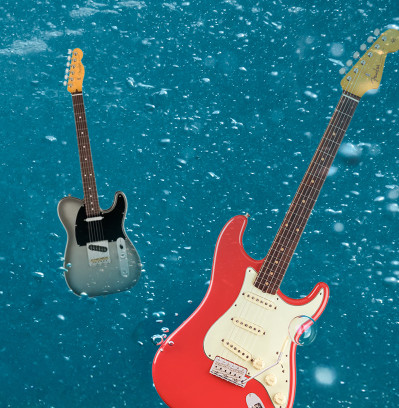


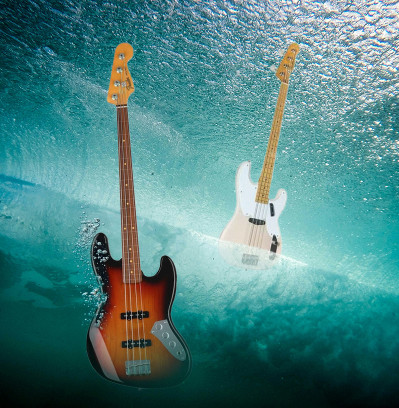
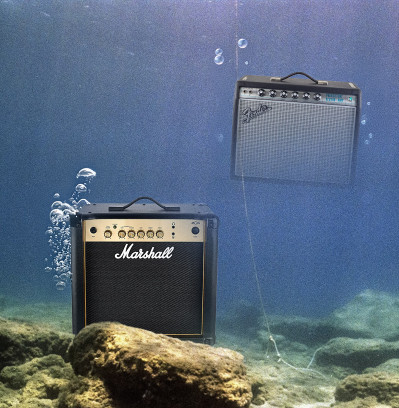

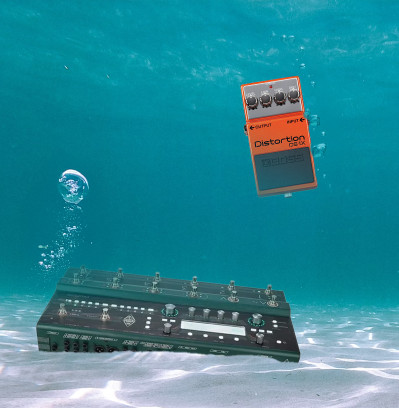

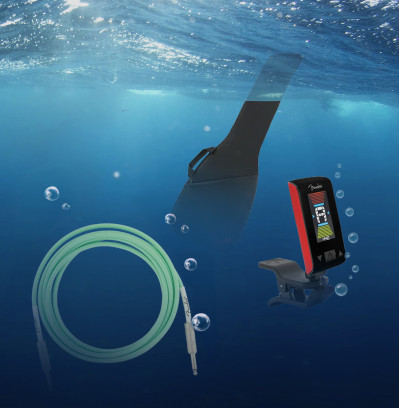

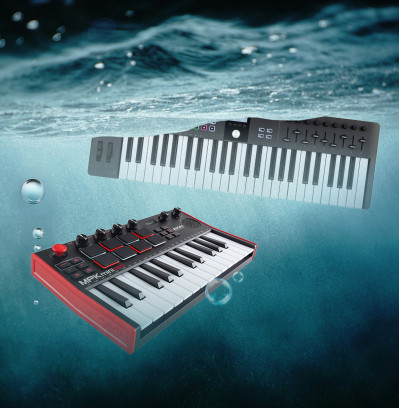
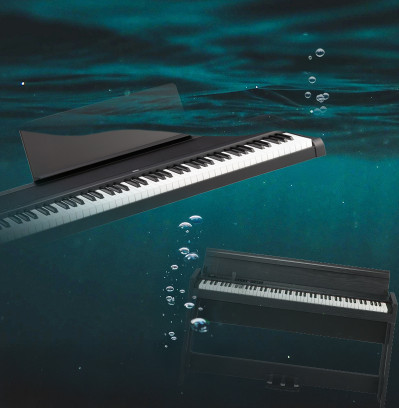
-399x408.jpg)
